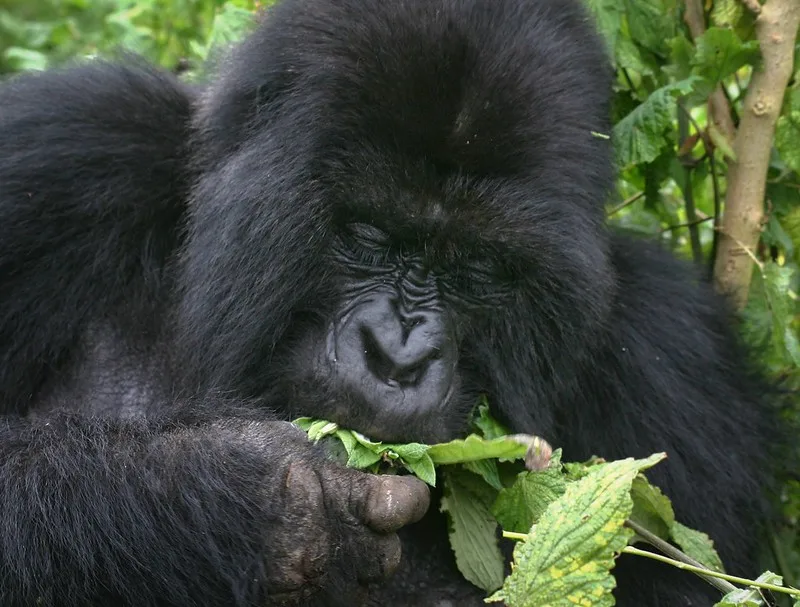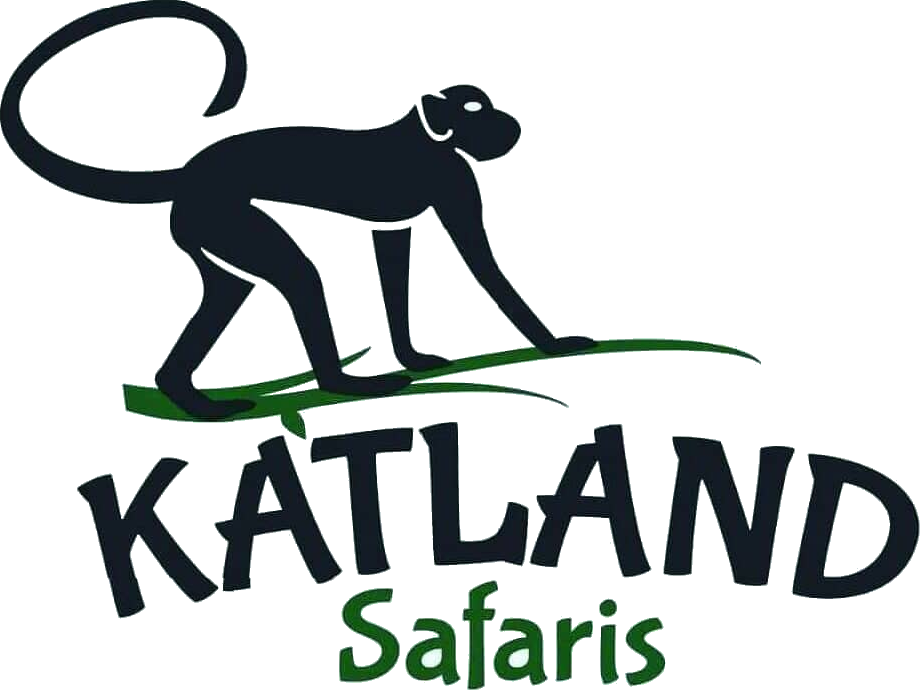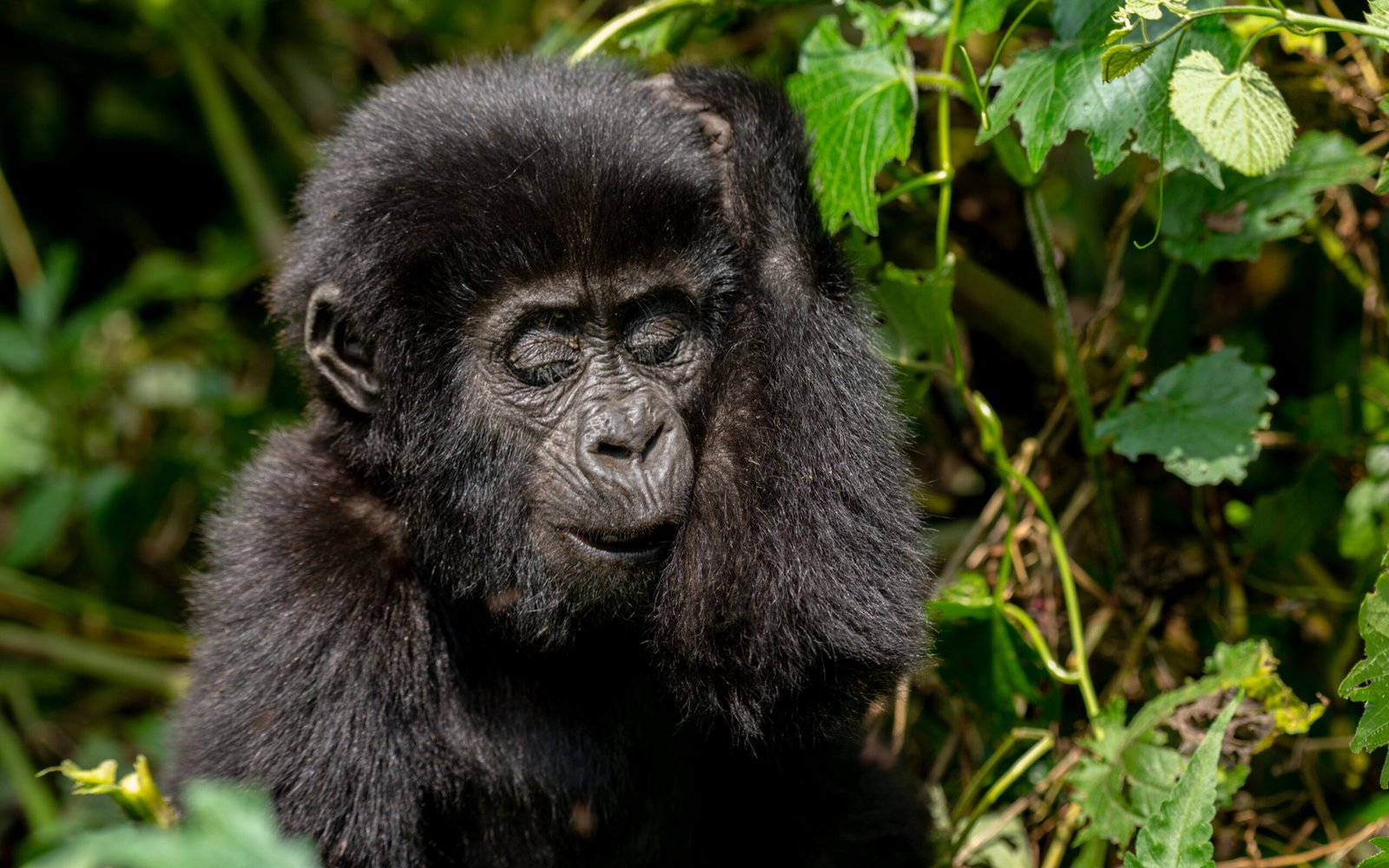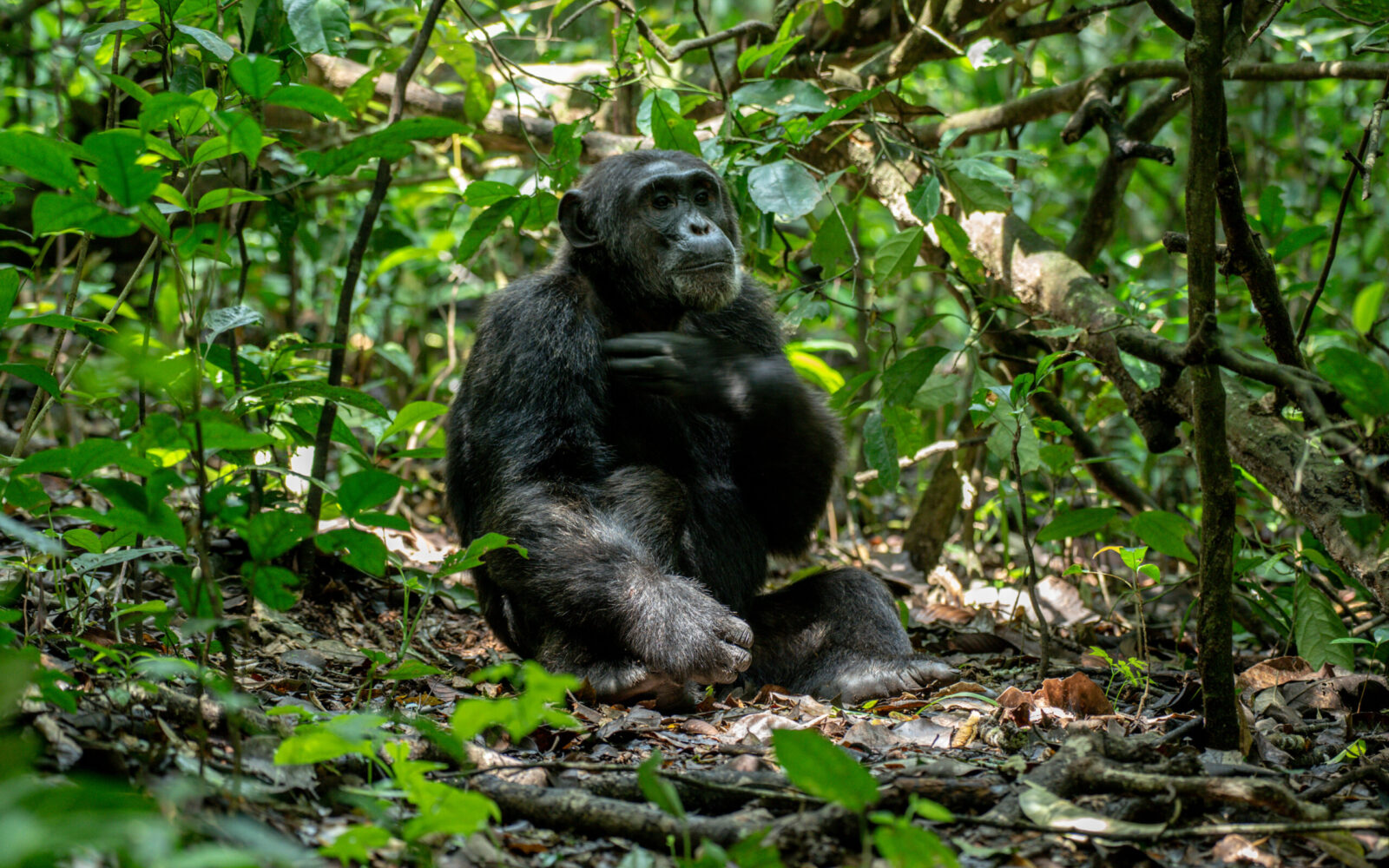The Gorilla habituation process – Gorilla habituation safaris – Gorilla permits.
The process of habituation has barely progressed 10 weeks. Alternatively, we may have decided that eight guests was too many to accommodate at once. They were powerful figures. The porters could tell these individuals were important because they arrived with many loads to transport into the jungle, one of which was a cooler stocked with alcohol.
A few Germans had forgotten to bring rain gear to the rain forest, thus things quickly became worse as a little rain started to fall. Then, as the path of the gorillas became obscured by a dense bamboo forest, Bill instructed the tour guides to remain in one place until he and the agents of the trip clarified the situation. A particularly annoying agent’s ear-piercing call soon filled the woodland as they sipped their first beers: Just go for it! Hey there, monkey! There you are, Gorilla!
The morale of Bill plummeted. Were these agents a taste of the impending doom he had warned travelers about? At long last, the party did get to see the gorillas, but Bill came away with something fresh: reservations about tourism. Meanwhile, Amy was a thousand miles away, so she couldn’t empathize with his concerns or revive his hopes.
The Gorilla habituation process.
A reassuring presence were the gorillas from Group 11. Over time, they let more of their personalities and self shine through. The silverback was still referred to as Stilgar out of respect for Craig Sholley. Names given to the other gorillas in Kinyarwanda or Swahili, two African languages, were chosen to highlight the unique character, habits, and characteristics of each animal.

Like Ndume, which means “male” and was given to the second silverback that emerged, some were really unremarkable. The disfigured fingers that almost crippled one adult female’s left hand earned her the nickname “the hand” (Mkono). Kosa, a younger woman, was also likely a victim of a trap because of her “missing” hand. Her continual “noisy” vocalizations are what gave Kalele her moniker.
And when it became apparent what was bothering this young mother, she called her daughter Sababu, which means “the reason.” The eldest child, Furaha, meaning “joy,” was known for his boundless energy and enthusiasm for play, while Nshuti was his closest confidante and companion. Tano was the last of the baby gorillas to be named, indicating that she was “fifth” in line. With a sense of accomplishment, the guides gave suitable African names to the majority of the gorillas they saw.
Complex and intriguing interactions with Group 11 members were developing. At one point, Bill and Nemeye were joined by two youthful Frenchfraus. Bill opted to wait above until the gorillas emerged into greater visibility because, on that particular day, they were alone at the base of a small crater. You could see people emerge from the grassy meadow in the crater from a great vantage point on a fallen Hagenia tree. The Stilgar
never showed up, but the other mountain gorillas seemed perfectly at ease. Then, as Bill and the two ladies were perched on the log, taking in the sight below, two enormous black hands suddenly sprung up and smacked the trunk just in front of them. With his massive head only a few feet away from their faces, Stilgar raised himself to look over the log.
Thankfully, Srilgar paid little attention to Bill’s involuntary cough grunt, a fairly hostile vocalization. Instead, he studied the monkeys in front of him for what seemed like an eternity. Once the silverback’s reconnaissance job was complete, he lowered his enormous frame and quietly withdrew. Both ladies were on the ground as Bill turned around to see them. One of them was crying. The other one was clearly enjoying themselves and was grinning widely.


